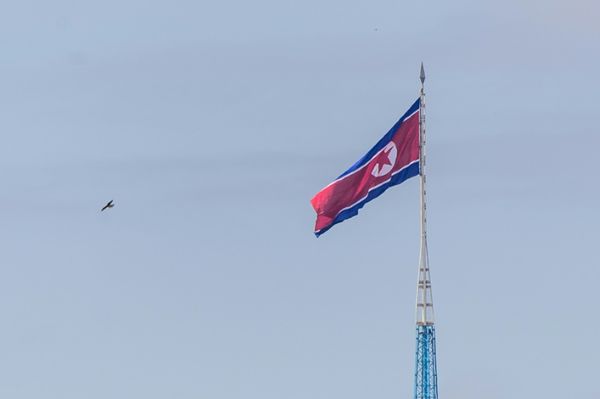
Australian manufacturers of period underwear have denied using “forever chemicals” in their products following a class-action lawsuit in the US, while experts say more research is needed into the compounds and their potential health impacts.
Thinx, a US manufacturer of menstrual hygiene products, announced last week that it had reached a settlement in a class-action lawsuit over allegations “regarding the presence of short chain per-and polyfluoroalkyl substances (‘PFAS’)” in its underwear.
Thinx said the settlement was “not an admission of guilt or wrongdoing”, and that PFAS had “never been a part of its product design, and that it will continue to take measures to help ensure that PFAS are not intentionally added to Thinx Period Underwear at any stage of production”.
The manufacturer had marketed its period underwear as “organic, sustainable and nontoxic”, but independent analysis in 2020 suggested the presence of PFAS in Thinx products.
PFAS are often referred to as “forever chemicals” because they persist in the environment for long periods of time and break down extremely slowly.
Regulators across the world have introduced some PFAS bans, including on PFOA (also known as C8), PFOS and PFHxS, out of concerns for their potential health impacts. A large epidemiological study has found, for example, that exposure to PFOA may be associated with conditions including testicular and kidney cancer, thyroid disease and pregnancy-induced hypertension.
Australian manufacturers of period underwear contacted by Guardian Australia have ruled out the presence of PFAS in their goods.
The undergarment company Modibodi said it used a combination of fabrics and specific sewing techniques to make leak-proof linings in its products. “Modibodi does not design products that require the functionality of PFAS,” it said in a statement.
“While there are some variations across styles, our lining layers include 100% Merino wool for its breathability and natural odour control, polyester/polymamide for absorbency and a thin polyester layer for its lightness and durability.”
“We don’t use PFAS and test our fabrics and products to Oeko-tex Standard 100, which tests for PFAS.”
Kelly McBride, the general marketing manager at Bonds, said the company had an extensive restricted substances list. “In developing our Bonds Bloody Comfy Period Undies, PFAS chemistry was deliberately avoided,” she said.
Cotton On did not respond to a request for comment.
PFAS are common in consumer products. “Most of us will have had some sort of background exposure to PFAS, and that’s through basically everything that claims water-repellent properties,” said Prof Brett Nixon of the University of Newcastle. “Things like Gore-Tex, things like nonstick fry paints, things such as Scotchgard that are used as stain repellents on carpets and other fabrics.”
Experts said much more research was needed into the potential impacts of PFAS.
“[The impact of] low-dose chronic exposure is somewhat unclear, as many toxicity studies have investigated toxic effects at elevated concentrations,” said Prof Albert Juhasz, a researcher at the University of South Australia who focuses on the impact of legacy and emerging contaminants on environmental and human health.
“The so-called legacy PFAS that are being phased out are the longer chain ones,” Nixon said. “They’re the ones that have been studied in the context of human health in most detail.”
“What they’re replacing them with are shorter chain or branched chain PFAS. But the reality is that most of those haven’t been investigated at any level,” he said. “The new generation of PFAS chemicals that are replacing them aren’t proven to be any necessarily safer or less long-lasting [in the environment].”







